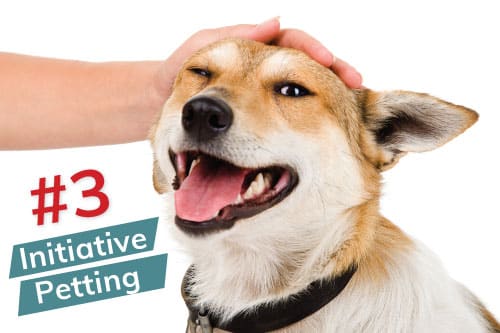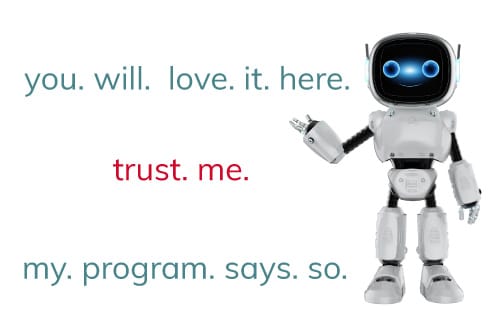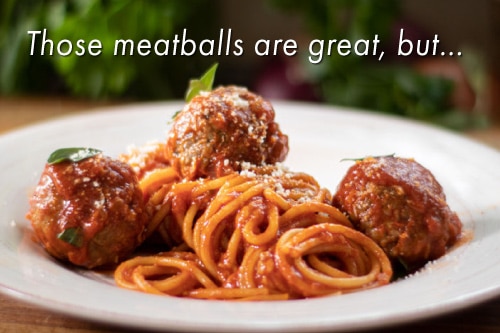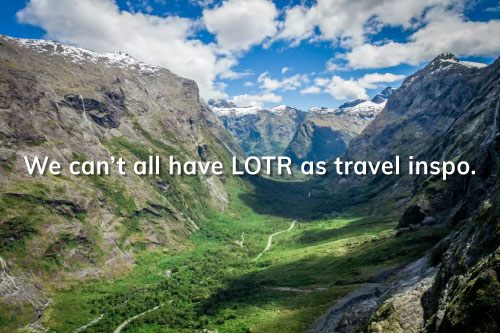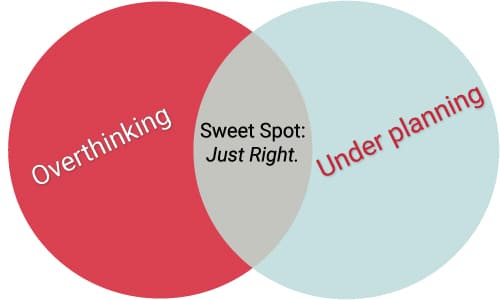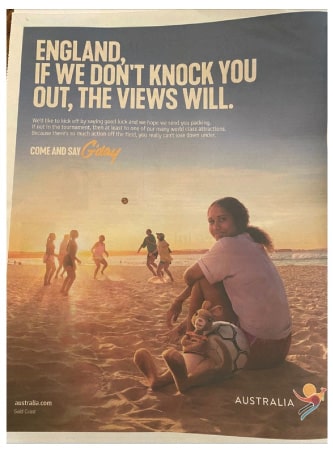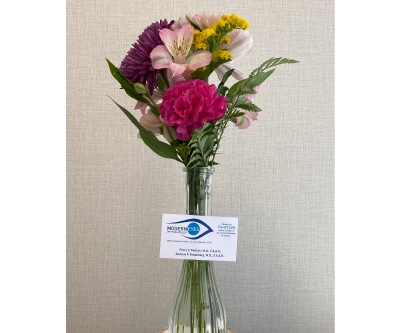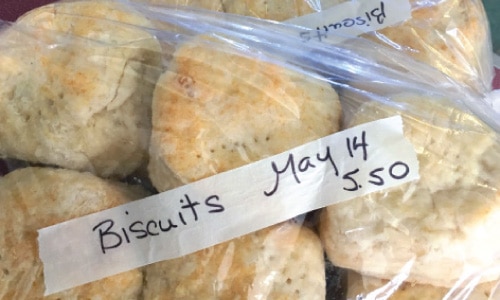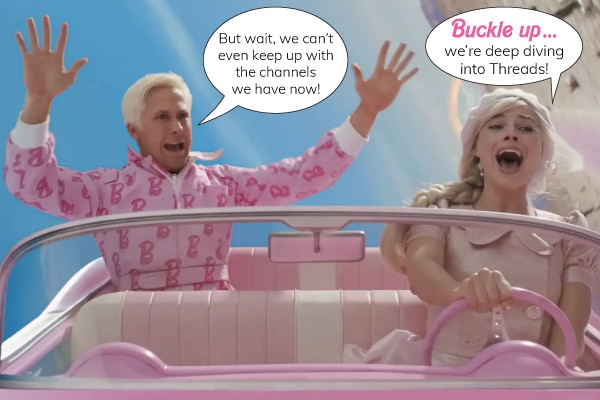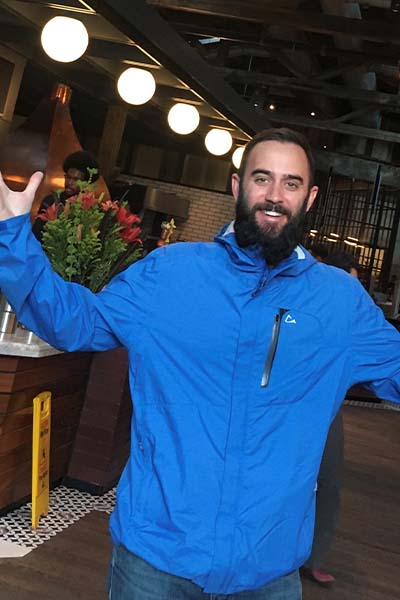Nearly every hospitality business faces this challenge: how do you sell your least desirable tourism product? The smallest hotel room. The worst table in the restaurant. The windowless meeting room. Marketing folks NEVER put those in the spotlight for sale. In fact, they do their best to hide them.
But there’s untapped potential within those “flawed” products…and I don’t just mean by selling them at a discounted rate. With a little branding polish, they could become marketable AND generate more robust revenue streams.
The trick is…lean into the flaws. Don’t try to hide them. Make the flaws the sales hook.
That sound bonkers to you? It’s not, and here’s why.
WHO SELLS FLAWED PRODUCTS SUCCESSFULLY?
While the tourism industry isn’t fully adept at this yet – see below for tips – other industries are raking in the dough from selling their least desirable products. For example:
The diamond industry has “rebranded” flawed diamonds – those with a lot of inclusions, which are imperfections that look like chips, marks, and bubbles – as Salt & Pepper Diamonds. Instead of relegating flawed diamonds to the worthless pile, they virtually champion them. Marketing for these gems includes language like…
- These captivating inclusion patterns resemble tiny salt and pepper specks scattered throughout the stone, ensuring that no two are alike and making your stone unique.
- Salt and pepper diamonds symbolize the “wild child”…they’re fun and their flaws work to benefit the overall appearance of the gem.
- Their quirky look helps couples match their unique love story with a similarly unique diamond, turning their “flaws” into their biggest asset.
In the handblown glass industry, uniformity can’t be guaranteed but there’s a certain standard of quality that must be maintained to make products “sellable.” Luxury brand Simon Pearce does a masterful job at marketing the glassware products that don’t *quite* meet that standard but are still perfectly usable products. Sold under the collection heading “Seconds,” the marketing for these products actually celebrates the flaws:
“Unique beauty lives in imperfection. Each Seconds piece captures a moment of the human hand at work, where unique conditions lead to slight variations and differences, preserved in glass… a thoughtful option for those who value character and an organic quality to their household objects.”
And of course, there’s the booming industry of imperfect foods – from produce to packaged goods and everything in between.
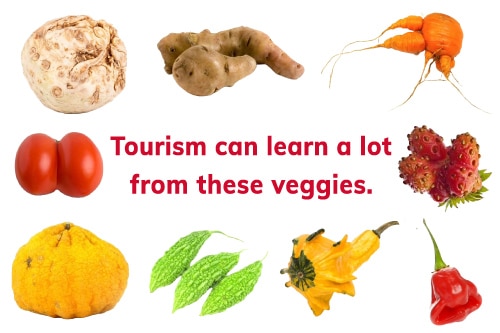
It’s a spectacular win-win that combats food waste. Indeed, there’s a wildly successful brand actually called Imperfect Foods (though they are not alone), and all of their products are considered “substandard” by the businesses that produce them because of:
- Cosmetic imperfection
- Contains leftover ends and pieces
- Size or weight imperfection
- “Ugly” produce – tastes as expected but looks deformed
- Made with rescued or upcycled ingredients
And yet… there’s a market for them. And no one is trying to hide the flaws. In fact, the flaws ARE the sales hook.
HOW MIGHT THE TOURISM INDUSTRY DO IT?
Generally, the industry sells the least desirable tourism products in one of two ways:
- Position it as a “value” item and charge less. This goes for everything from interior cabins on cruise ships to off-season time periods. The marketing focus here is on PRICE.
- Provide misdirection by mitigating the perceived flaws with a special benefit. The clever folks in Nova Scotia do this by recasting winter as “lobster season.” They’re essentially saying sure, it’s freezing cold but this is when lobster is the freshest and most abundant… come up and eat!
Those two options require you to either give a discount OR create circumstances for misdirection.
But that third option – leaning into and marketing the flaws themselves – is underutilized and has great potential.
Consider these ideas:
Brand your “low season” and create excitement for what it is.
Vancouver Island promotes their Storm Season. This is not “come here during Storm Season and we’ve got a lot to keep you busy.” This is, “come here to experience the storms.” THAT is a perfect example of leaning into perceived flaws to sell your least desirable tourism product. Suddenly it’s not so undesirable because there’s a hook. You may not have awe-inspiring Pacific Coast storms at your location, so you’ll have to figure something else out. What can you highlight during your low season so you can make some noise about it? Is it Quiet Season, Astronomy Season, Windy Season, Unpredictable Season…hell, even Frostbite Season could have appeal if positioned properly.
Brand your smallest rooms as “Cozy Rooms” or “Tiny Rooms.”
Deliberately PUSH the fact that they’re small. Yes, they can be priced lower than rooms with larger square footage but by branding them, you’re making them more desirable. And you’re also managing expectations up front. You might say that these rooms are a more intimate size, perfect for snuggling up tight with your partner or kiddos. Also, could there be some kind of special perk for folks who book these rooms…one that allows you to sell it at a higher rate? Does the Cozy Room come with a Cozy Blanket to take home? Are the walls of the Tiny Room decorated with dozens of tiny paintings? Do guests of these rooms get a complimentary appetizer or dessert in your restaurant? The possibilities are endless.
Brand your noisiest rooms as “Night Owl Rooms.”
That room near the service elevator, or the one directly over the ballroom or bar area? You know… the one you get the most noise complaints about? How about you call it what it is and promote it as a room for folks who don’t like to go to bed early? This also manages guest expectations and will preempt many complaints. You might also offer a perk here to be able to charge a higher rate – complimentary movies/streaming after 11pm, minibar credit, special late night snack basket.
Brand your worst restaurant table as “The Family Table.”
Or call it whatever name you want – like if your restaurant name is Tom’s Bistro, call it “Tom’s Table” or “The Bistro Table.” The point is position it so that anyone who sits there is like part of the family. This is usually the table right near the kitchen doors and so lacks ambiance… but what if instead, you lean into how it’s closest to the action? Maybe guests at this table get a “whim of the chef” appetizer or amuse bouche that’s not served to the rest of the tables. Maybe someone from the kitchen comes out to chat with them for a few minutes. Like the kind of thing that would happen if the guest really WAS family. And suddenly…presto, you’ve got a marketing hook and you might even generate a waiting list for that table.
Brand your hard-to-find, windowless meeting room as “The Seclusion Room.”
There’s something mischievous about the idea of positioning such a room as a place where secrets can be discussed safely. A place where you won’t be disturbed or distracted. A place where groups can be sequestered for deep thinking, creative brainstorming, and concentrated strategic planning. You can have a little fun with this – playful do-not-disturb signs for the door, have special complimentary amenities available for this room (doodle paper and crayons anyone?), and offer upsells in keeping with the theme like a Seclusion Station with snacks/drinks that makes the meeting self-sufficient. It’s important to note that ANY meeting can book the Seclusion Room – they don’t need to be discussing secrets – but the branding has given the room a personality, and now it seems more desirable.
Got a challenge you don’t see here and want an idea? Drop me a line and I’m sure I’ll think of something. 😉
Most importantly, if you’re going to take an approach like these to sell your least desirable tourism product, you really need to lean into it fully. That means:
- Promoting it on your website with the right language, images, and/or videos.
- Describing it with the right positioning in your sales collateral.
- Ensuring your guest services or sales staff is aware of the positioning and has the right words to sell it.
Need more tips like this? Here’s how to promote your brand’s weaknesses strategically.
 get travel marketing tips
get travel marketing tips 

